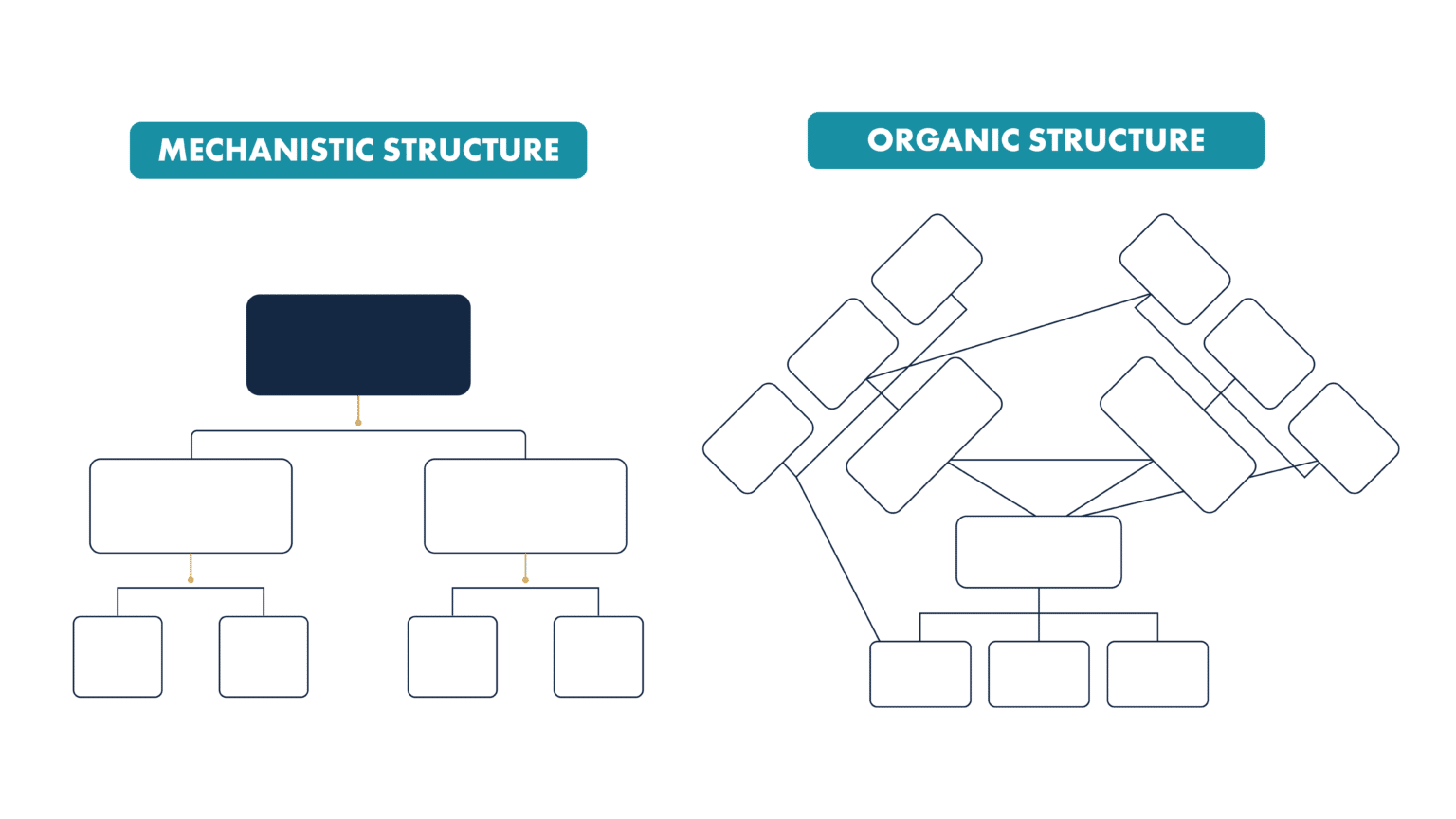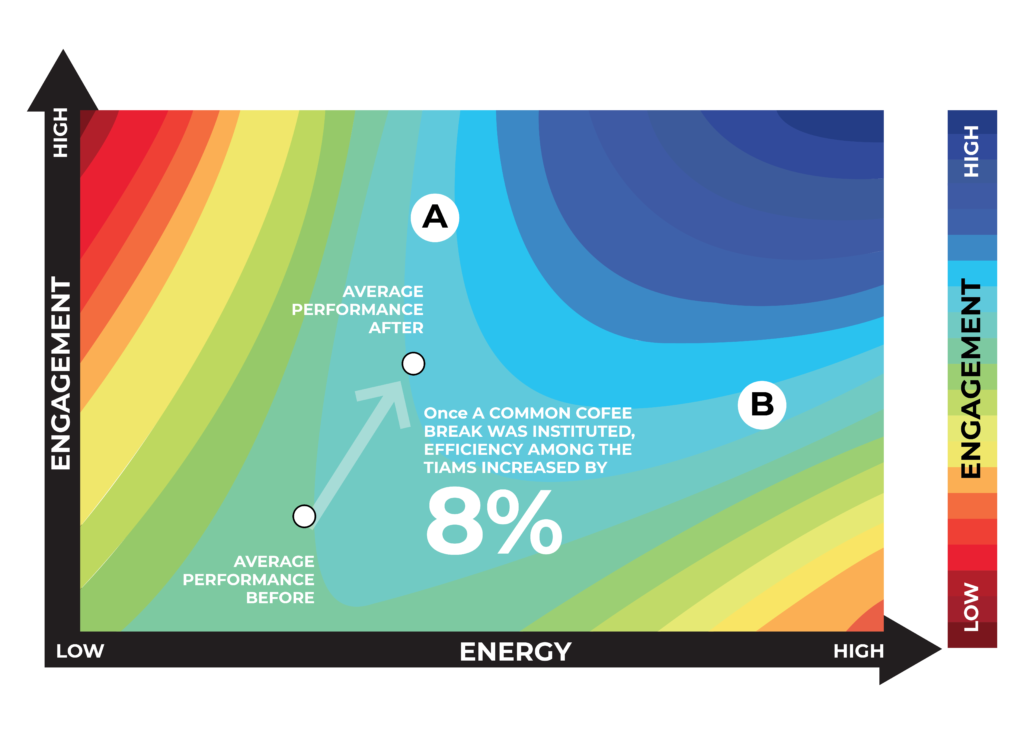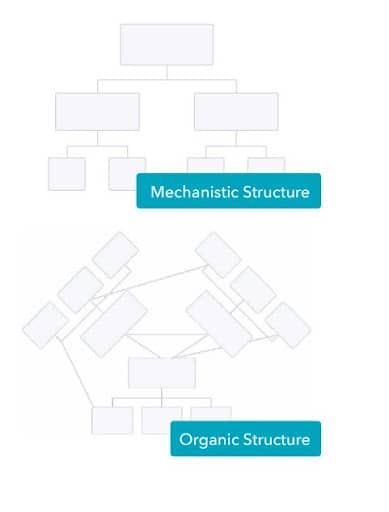Copyright © 2023 Conscious Copy & Co. All Right Reserved. | Terms & Conditions | Privacy Policy | Innovated by
People often associate the “functional team” with a business itself. This is because most companies operate under a functional organizational structure, where leadership oversees different functional departments, each with their own specialization.
But each department is made up of its own functional team operating the same way, with a manager overseeing the team’s internal operations, and reporting back to leadership.
This is the most common hierarchical structure of a team for several reasons:
But we’ve all worked in departments that were misaligned, confused, and even toxic (or heard horror stories about them). Which makes the alignment of a functional team crucial to business success—especially for bigger companies.
Functional teams are ahead of the game because they’re already organized around a shared specialization (you’re aligned with your team members if you work in sales based on what you already know about sales). But as we know, that’s not always enough, or toxic workplaces and communication breakdowns wouldn’t exist. A vision for what success looks like may not always be clear unless it’s clearly stated. To strengthen team alignment in this area:
Employees who feel they are part of a team are almost 3X more likely to be fully engaged, highly resilient, and to report a strong sense of belonging to their organization. And remember that motivation and performance are directly linked to a sense of trust and purpose.
Here are some tools for aligning your functional team with a shared vision for its department:
Attracting, developing, and retaining the right people will help increase efficiency, but values and culture-fit play a crucial role in team alignment. When Conscious Copy & Co. asked business leaders what the purpose of clarifying the company’s Vivid Vision was:

SOURCE: Conscious Copy
And this 15-year study which analyzed over 4,200 surveys given to organizations all over the world revealed that the first condition for a high-performance team’s success was a “compelling direction.”
In other words, a clear vision.
Decades of research shows, that to strengthen this area of The Alignment Triad, and organization’s team should:
Since functional teams are the norm, there’s already a ton of great information out there about recruiting, developing, and retaining talent. Here are a few great places to start.
We covered the organizational structure of functional teams and organizations in the Types of Teams section under fundamentals. How a team is organized will depend on several factors, mainly size. What’s most important are the operational structures used to:
The two most common organizational structures are the mechanistic top-down structure and the organic structure.

For now it’s safe to say that most functional structures are top down, which brings us to the strategic operational design of the team.
How your team makes decisions will affect overall team alignment, and their ability to solve problems. This study showed that high-performance teams followed the same set of principles when it came to making decisions:
The decisions that are crucial to building value in the business are the ones that matter most. Some of them will be the big strategic decisions, but just as important are the critical operating decisions that drive the business day to day and are vital to effective execution.
Good decision making doesn’t end with a decision; it ends with implementation. The objective shouldn’t be consensus, which often becomes an obstacle to action, but buy in.
Clear accountability is essential: Who contributes input, who makes the decision, and who carries it out? Without clarity, gridlock and delay are the most likely outcomes. Clarity doesn’t necessarily mean concentrating authority in a few people; it means defining who has responsibility to make decisions, who has input, and who is charged with putting them into action.
A company that makes good decisions quickly has a higher metabolism, which allows it to act on opportunities and overcome obstacles. The best decision makers create an environment where people can come together quickly and efficiently to make the most important decisions.
No decision-making structure will be perfect for every decision. The key is to involve the right people at the right level in the right part of the organization at the right time.
Clear decision roles are critical, but they are not enough. If an organization does not reinforce the right approach to decision making through its measures and incentives, information flows, and culture, the behavior won’t become routine.
Involve the people who will live with the new decision roles in designing them. The very process of thinking about new decision behaviors motivates people to adopt them.
The most important predictor of a team’s success is its communication patterns. There is a direct correlation between how an organization communicates and its performance.

80% of businesses stated that their goal was to use their Vivid Vision as a communication tool. And in this article from 2012, called The New Science of Building Great Teams, the researchers uncovered that successful teams share communication characteristics:
The data also establish another surprising fact: Individual reasoning and talent contribute far less to team success than one might expect. The best way to build a great team is not to select individuals for their smarts or accomplishments but to learn how they communicate and to shape and guide the team so that it follows successful communication patterns.
People often associate the “functional team” with a business itself. This is because most companies operate under a functional organizational structure, where leadership oversees different functional departments, each with their own specialization.
But each department is made up of its own functional team operating the same way, with a manager overseeing the team’s internal operations, and reporting back to leadership.
This is the most common hierarchical structure of a team for several reasons:
But we’ve all worked in departments that were misaligned, confused, and even toxic (or heard horror stories about them). Which makes the alignment of a functional team crucial to business success—especially for bigger companies.
Functional teams are ahead of the game because they’re already organized around a shared specialization (you’re aligned with your team members if you work in sales based on what you already know about sales). But as we know, that’s not always enough, or toxic workplaces and communication breakdowns wouldn’t exist. A vision for what success looks like may not always be clear unless it’s clearly stated. To strengthen team alignment in this area:
Employees who feel they are part of a team are almost 3X more likely to be fully engaged, highly resilient, and to report a strong sense of belonging to their organization. And remember that motivation and performance are directly linked to a sense of trust and purpose.
Here are some tools for aligning your functional team with a shared vision for its department:
Attracting, developing, and retaining the right people will help increase efficiency, but values and culture-fit play a crucial role in team alignment. When Conscious Copy & Co. asked business leaders what the purpose of clarifying the company’s Vivid Vision was:

And this 15-year study which analyzed over 4,200 surveys given to organizations all over the world revealed that the first condition for a high-performance team’s success was a “compelling direction.”
In other words, a clear vision.
Decades of research shows, that to strengthen this area of The Alignment Triad, and organization’s team should:
Since functional teams are the norm, there’s already a ton of great information out there about recruiting, developing, and retaining talent. Here are a few great places to start.
We covered the organizational structure of functional teams and organizations in the Types of Teams section under fundamentals. How a team is organized will depend on several factors, mainly size. What’s most important are the operational structures used to:
The two most common organizational structures are the mechanistic top-down structure and the organic structure.

For now it’s safe to say that most functional structures are top down, which brings us to the strategic operational design of the team.
How your team makes decisions will affect overall team alignment, and their ability to solve problems. This study showed that high-performance teams followed the same set of principles when it came to making decisions:
The decisions that are crucial to building value in the business are the ones that matter most. Some of them will be the big strategic decisions, but just as important are the critical operating decisions that drive the business day to day and are vital to effective execution.
Good decision making doesn’t end with a decision; it ends with implementation. The objective shouldn’t be consensus, which often becomes an obstacle to action, but buy in.
Clear accountability is essential: Who contributes input, who makes the decision, and who carries it out? Without clarity, gridlock and delay are the most likely outcomes. Clarity doesn’t necessarily mean concentrating authority in a few people; it means defining who has responsibility to make decisions, who has input, and who is charged with putting them into action.
A company that makes good decisions quickly has a higher metabolism, which allows it to act on opportunities and overcome obstacles. The best decision makers create an environment where people can come together quickly and efficiently to make the most important decisions.
No decision-making structure will be perfect for every decision. The key is to involve the right people at the right level in the right part of the organization at the right time.
Clear decision roles are critical, but they are not enough. If an organization does not reinforce the right approach to decision making through its measures and incentives, information flows, and culture, the behavior won’t become routine.
Involve the people who will live with the new decision roles in designing them. The very process of thinking about new decision behaviors motivates people to adopt them.
The most important predictor of a team’s success is its communication patterns. There is a direct correlation between how an organization communicates and its performance.

80% of businesses stated that their goal was to use their Vivid Vision as a communication tool. And in this article from 2012, called The New Science of Building Great Teams, the researchers uncovered that successful teams share communication characteristics:
Copyright © 2023 Conscious Copy & Co. All Right Reserved. | Terms & Conditions | Privacy Policy | Innovated by